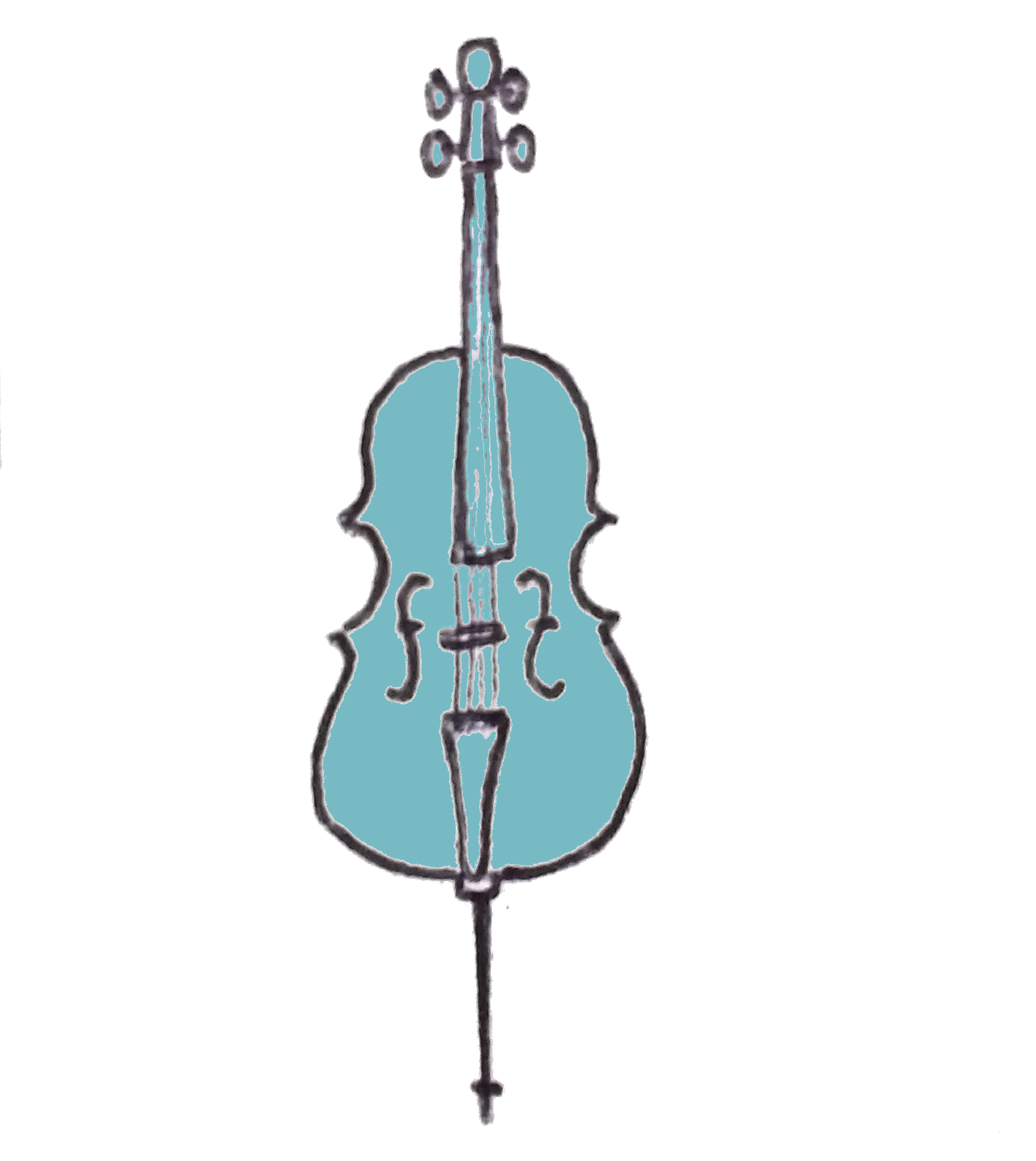Every child can achieve
At the core of the Suzuki Method is the ‘golden triangle’ between the parent, child and teacher. Each plays an essential role in the development of ability. The parent will attend each lesson and support each practice at home. Lessons comprise of a weekly individual lesson and a group lesson with other children. At home, families will listen to recordings of the pieces in the books, creating an ‘inner’ sense of what the music is. The Method is very much based on positive reinforcement and the creation of a nurturing learning environment.
‘Where love is deep, much can be achieved‘ – S. Suzuki
The Suzuki Method (or more correctly, the Talent Education Method) was developed by Shinichi Suzuki in the 1950s in Japan. He believed that every child had the potential to develop musical talent, if they were exposed to the right conditions and the right nurturing environment – just as every child is able to learn their native language.
Dr Suzuki firmly argued that environment, rather than anything that existed innately, was responsible for ability and talent, writing, ‘what does not exist in the cultural environment will not develop in the child‘.
‘Talent is no accident of birth‘ – S. Suzuki
The only difference between newborn babies, Suzuki believed, was that some babies were more sensitive and adaptable than others, but a sensitive baby will just learn to sing out of tune quicker, if that is all it is taught. Suzuki illustrated this by putting it to us that if Einstein, Goethe or Beethoven had been born during the Stone Age, then surely they would have had the cultural abilities and education of men of the Stone Age, and as such would have been unable to achieve what they did.
